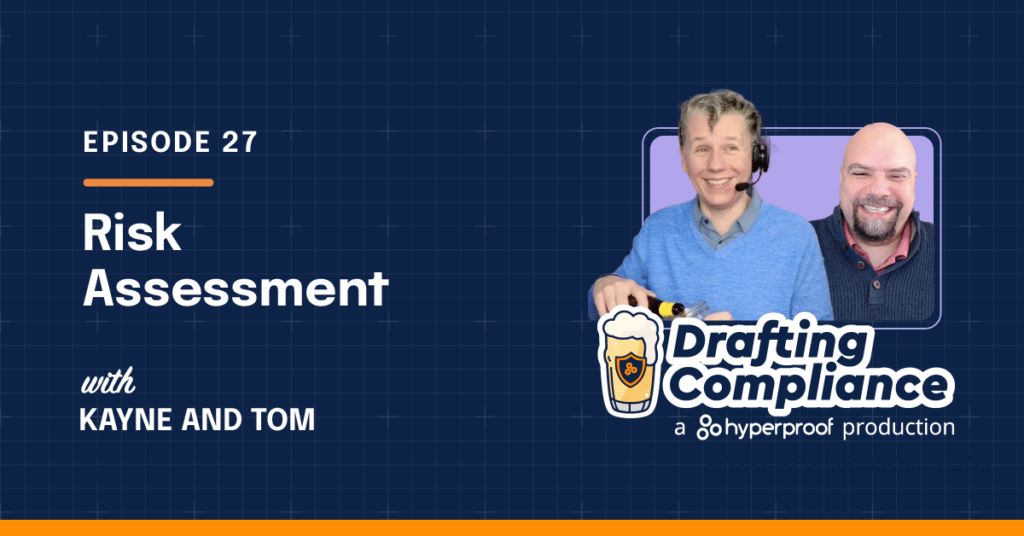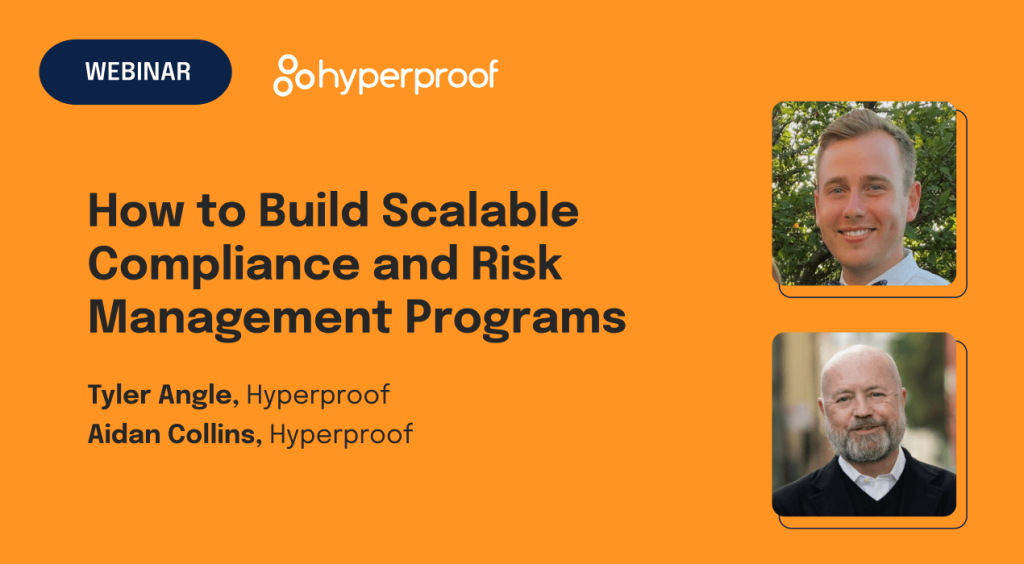Risk Assessment Software: The Top 5 Features You Need to Build Resilience

A solid and proactive risk and compliance program is a basic requirement in today’s digital world, especially with increasing regulatory scrutiny and the relentless focus on managing cybersecurity risks. Organizations are investing significant resources in coping with these dynamic demands, leading to an exhaustive cycle of wasted time, money, and effort.
The prevailing approach relies heavily on manual and repetitive tasks, depleting resources faster than they can be replenished. This status quo has burdened risk and compliance teams with an overwhelming workload, prompting the need for a transformative shift to a more modern solution. It’s time to acknowledge the real cost implications of outdated, manual compliance operations and explore how embracing risk assessment software can build resilience in the face of evolving challenges.
Let’s explore why today’s enterprises need risk compliance software and share the top five features every effective risk assessment software should have. With the right technology, you can pave the way for a streamlined risk management strategy and a more resilient, prosperous future.
What is risk assessment software, and why do you need it?

Risk assessment software is a specialized technology designed to streamline and enhance the risk management process within organizations. Advanced compliance software streamlines and enhances the risk management process within organizations, replacing time-consuming manual tasks that lead to burnout and financial waste.
Risk assessment software catalyzes organizational change, empowering entities to transform their risk registers, safeguard their business from harm, and make room for strategy. This shift from a compliance-centric to a proactive and strategic approach is pivotal in navigating today’s dynamic business landscape.
5 cost-saving benefits of risk assessment software

There are many different ways to reduce your budget and eliminate inefficiencies with risk assessment software. Here are five major benefits you can look forward to:
1. More effective financial loss prevention
Risk assessment software identifies and mitigates potential risks, crucial for cybersecurity breaches, preventing substantial economic impact.
2. Improved operational efficiency
Risk assessment software automates the menial tasks you dread throughout the day, like evidence collection and risk evaluation. This helps you allocate resources efficiently by operationalizing the processes of identifying and prioritizing risks, orchestrating and automating risk workflows, creating alignment between risk management and compliance activities, and reducing time spent monitoring risks.
3. Compliance cost reduction
Risk management software helps maintain compliance and proactively alerts you when you have outdated controls or new business risks to help avoid costly penalties.
4. Insurance premium negotiation
Having a centralized place to understand your risk posture helps you understand what to insure against, leading to potentially lower premiums and more effective coverage.
5. Improved visibility with dashboards and reporting
Risk assessment software helps you gain data-driven insights, make better, more strategic GRC decisions, and reduce costly mistakes.
5 essential features risk management software should have

Now that you understand the purpose and cost-saving benefits of risk assessment software, it’s time to find the best one. Risk assessment software benefits many organizations, particularly finance, healthcare, and information technology enterprises that operate in industries where regulatory compliance, data security, and operational continuity are crucial. If your company belongs to one of these sectors (or a related one), consider these five key features during your search.
1. Intuitive UI
Tools like built-in dashboards can give you new insights into compliance posture, including real-time data on outstanding audit tasks. Additionally, intuitive UI makes it easy for anyone in your organization, especially those less familiar with risk and compliance, to actively contribute to your risk management and compliance efforts, evidence collection, and audits. In this automated evidence collection case study, Strada Education demonstrates how teams can cross-collaborate and gain a new appreciation and understanding of the value of security and compliance.
2. Customization to align with your unique business needs
No two organizations are alike. Each has its own risk posture, compliance needs, and operational intricacies. The ability to customize risk assessment software is, therefore, non-negotiable. Whether it’s aligning with specific industry regulations, tailoring risk matrices to organizational hierarchies, or incorporating proprietary risk models, the software must adapt to the unique risk profile of your enterprise. This ensures that the risk assessment process is not a one-size-fits-all solution but a bespoke framework aligned with your specific requirements and objectives.
3. Control crosswalks and the ability to jumpstart new programs
GRC professionals know that different cybersecurity compliance standards often have overlapping requirements. Recognizing these shared requirements enables compliance teams to streamline their efforts, creating a more concise set of internal controls and eliminating duplicative work – but doing so manually can be complex and time-consuming. Compliance software can help you crosswalk between frameworks and jumpstart new ones to simplify your compliance initiatives, reduce repetitive work, and simultaneously adhere to multiple compliance standards.
4. The ability to scale with you
Risk assessment software must be scalable and capable of accommodating an organization’s growth while continuously adapting to emerging risks. Scalability ensures that the software remains effective as the enterprise expands, preventing the need for frequent overhauls or migrations to more robust solutions. This feature is particularly crucial for enterprises with global operations or those experiencing rapid growth, providing the flexibility to scale the risk assessment process without compromising its effectiveness.
5. Integrated risk management and compliance operations
In the intricate tapestry of large enterprises, data flows through various channels and systems. To effectively manage risk and unify compliance operations, it’s crucial to have a single platform for risk management that seamlessly integrates with other critical systems like Enterprise Resource Planning (ERP) or Customer Relationship Management (CRM) software. This integration enables a holistic view of organizational risk by incorporating data from different facets of the company, eliminating data silos, and leveraging the wealth of information available across the organization for a more comprehensive and accurate risk assessment picture.
To see Hyperproof’s risk assessment platform in action, check out our case study:
How Strada Education Network Sped Up Evidence Collection by 60% with Hyperproof ›

Embracing risk assessment software

Risk assessment software isn’t just a technology solution— it’s a strategic asset for organizations navigating complex risk and compliance landscapes. By adopting an advanced GRC tool, businesses can achieve compliance and sustained success amid evolving challenges.
Hyperproof is committed to transforming compliance from a cost center into a business enabler. Our platform empowers teams to save time and money, focusing on strategic initiatives rather than administrative tasks. Hyperproof’s industry-leading risk assessment platform alleviates the burden on risk and compliance teams, enabling you to be more efficient and proactive in the face of increasing regulatory demands and cybersecurity risks.
See Hyperproof in Action
Related Resources
Ready to see
Hyperproof in action?












